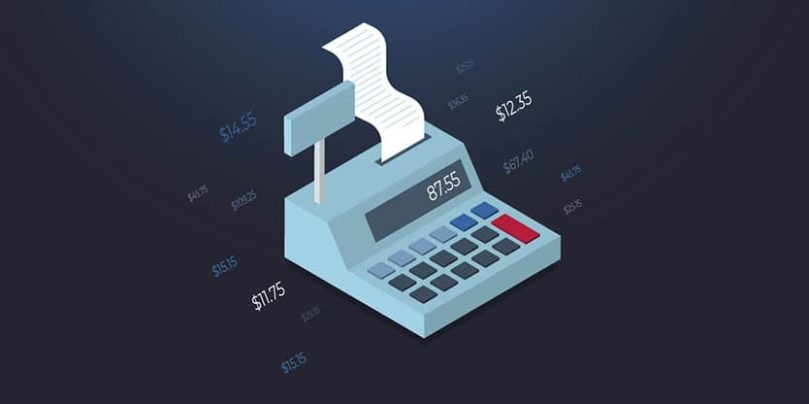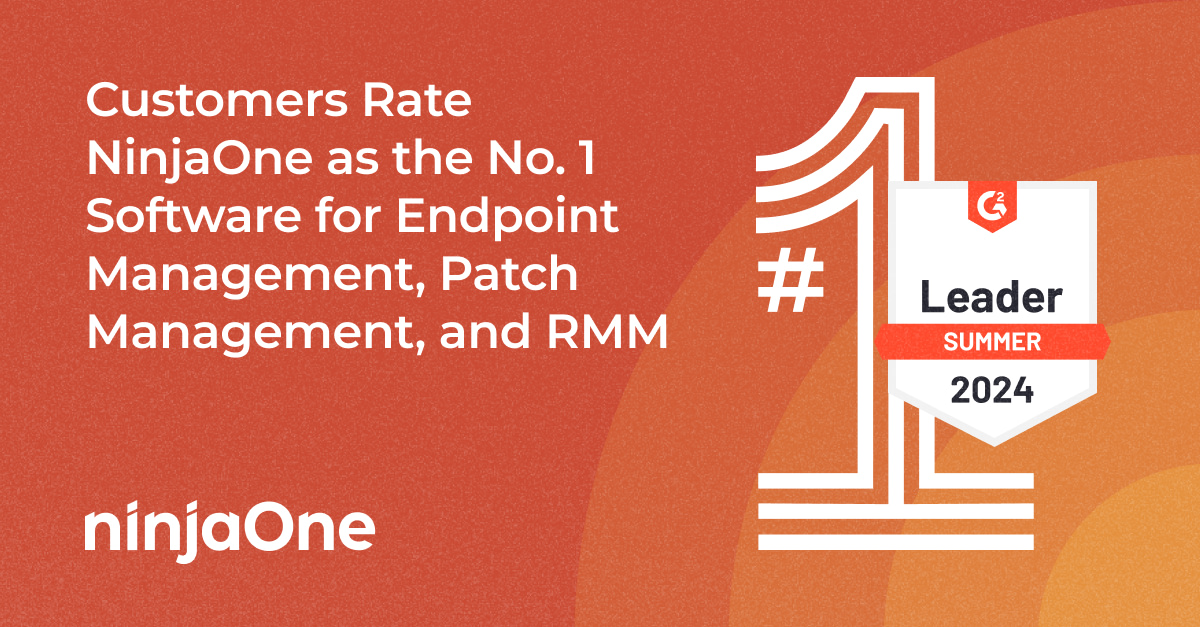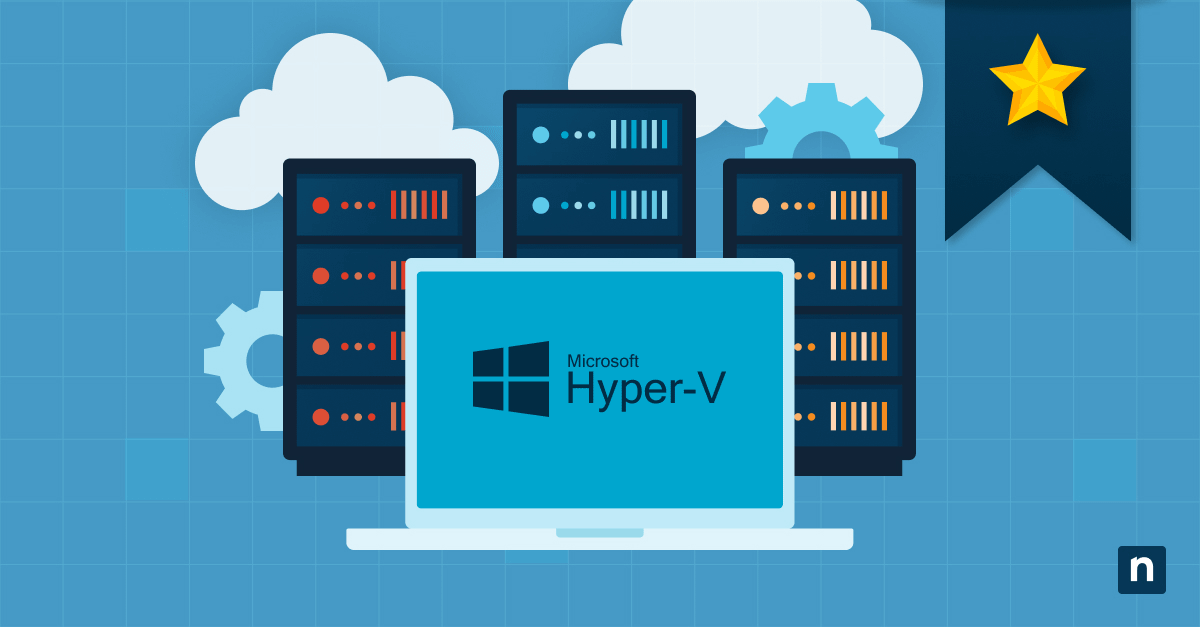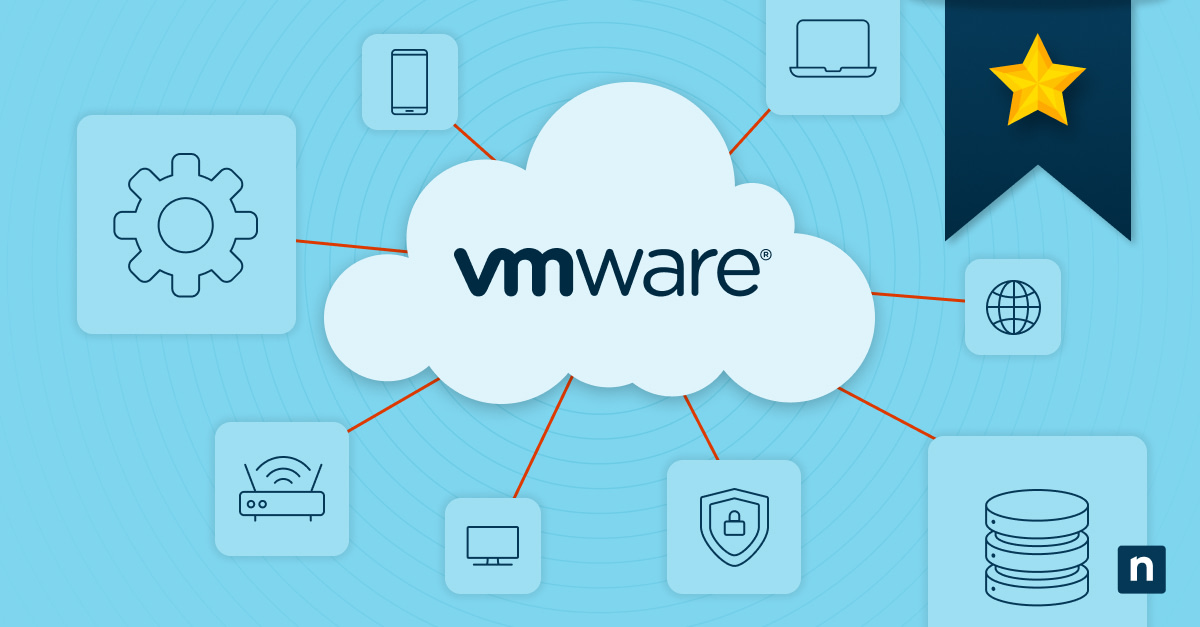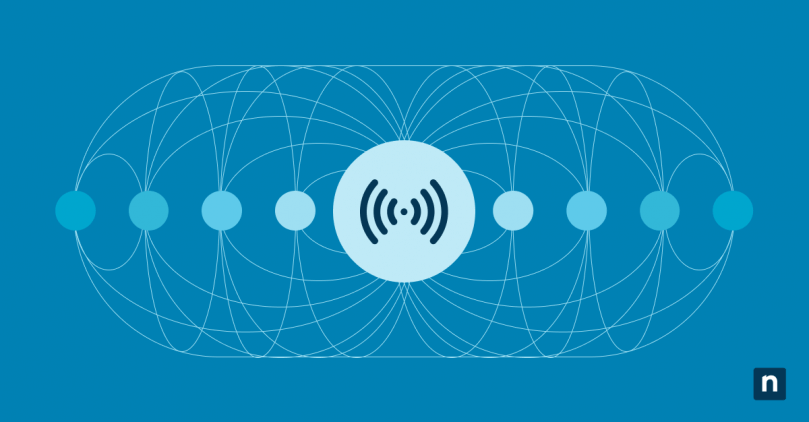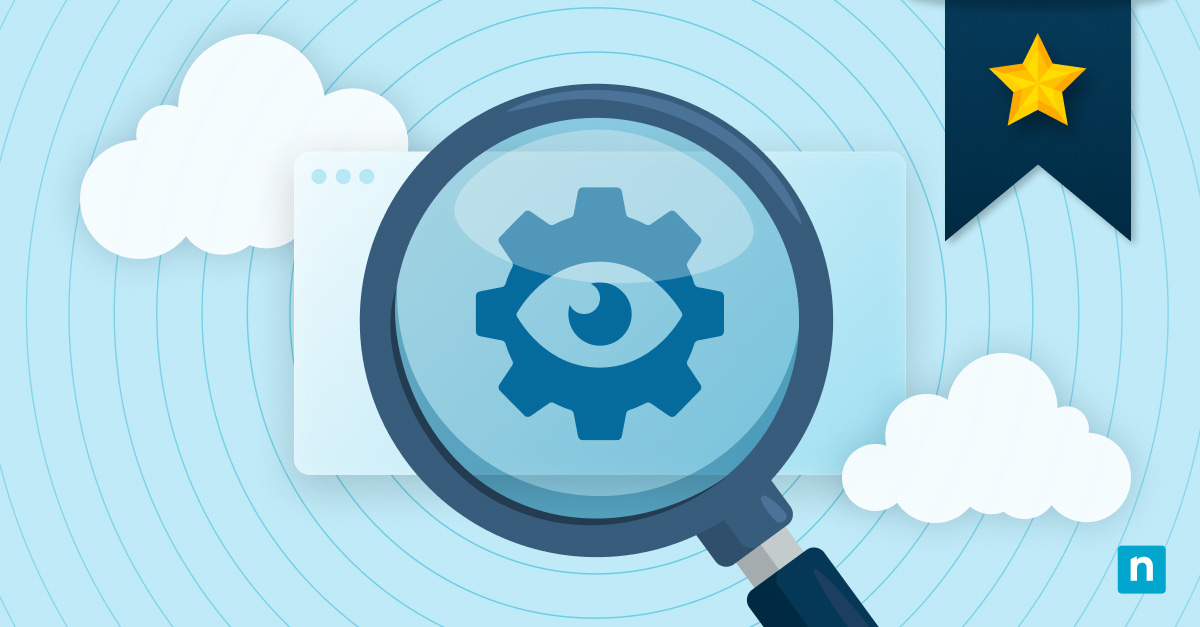Remote monitoring and management (RMM) software is a core tool used in effective IT management. As with any software being evaluated, understanding the cost of that solution is critical to making an effective business case.
Many factors can contribute to the average RMM pricing, including:
- Number of mobile devices, laptops, workstations, servers, virtual machines, and networking devices being monitored
- Number of users who need access to the RMM
- The features and functionality you intend to use
- Whether you need support, setup, onboarding, and training
- How do you want the solution hosted
- And more
Almost every RMM software vendor has a different pricing model. With this post, we’ll outline some dimensions you can use in your RMM pricing comparison to help you make a better buying decision.
Per-Agent vs. Per-User RMM Pricing Comparison
One of the core pricing splits in the RMM software market is between those vendors that charge per endpoint and those that charge per-user.
Per-Agent
The per-agent or per-endpoint pricing model aligns the cost of RMM software with the scale of your business. You pay a set price for each device that you want to install the RMM software on in order to monitor and manage it. As you grow, the cost scales linearly with the volume of agents purchased. Often, at set volumes, discounts will kick in as well, allowing you to scale more profitably. The per-agent pricing model aligns closely with the majority of other technologies MSPs roll out to endpoints, including:
- Antivirus, EDR, and other endpoint security software
- Backup software
- Remote control software
- Mobile device management software
- And more
Some vendors have separate pricing models based on device type or purpose. For example, some vendors charge more for server or network monitoring than for workstation or laptop monitoring.
Per-User
The per-user model is more common in SaaS pricing in general, but less common for RMM software and the other MSP software mentioned above. RMMs with per-user pricing are rarely pure-play RMM software – they are often built as add-ons to professional services automation (PSA) software and therefore carry over the per-user pricing that is standard for that software. The combined RMM + PSA model often includes additional functionality including:
- Billing
- CRM
- HR
- Ticketing
- And more
With this model, every user, regardless of the functionality they need access to, must purchase a license. Oftentimes, service desk / RMM technicians, salespeople, accounting reps, business leaders, and others all need licenses to this core data set.
Because much of the software that MSPs use is still priced per endpoint, vendors who offer their RMM product with per-user pricing often still use per-endpoint pricing for add-ons such as remote control, antivirus, and backup, which can lead to more complex billing and cost allocation models.
Both per-agent and per-user RMM software pricing models have benefits and drawbacks. Generally speaking, per-user-priced RMMs will be less expensive for smaller, less mature organizations.
Perpetual vs. Subscription RMM Pricing
Some RMMs – usually those that started as on-premises solutions then migrated to the cloud – offer what is called ‘perpetual pricing’. With perpetual pricing, an MSP pays one comparatively large price upfront and then can use the software in perpetuity. Over time, the software is updated by the vendor, but those updates are often not included in the initial price, so the software owner must also pay annual maintenance fees to keep the software secure and up-to-date.
Most RMMs use a standard SaaS subscription model where the user is charged monthly or annually based on utilization. Depending on how the subscription is structured, the subscription model allows for flexible growth and/or contraction as necessary, without significant financial burden. The SaaS model ensures agents are always up-to-date and spreads the cost of the software out over its useful life.
Over the past few years, many vendors have announced the end-of-life for their perpetual license models, leaving MSPs with the software they purchased but can no longer update.
Setup, implementation, and RMM training fees
While not a direct cost of RMM software, setup, implementation, and training feeds are often required to use complex legacy RMMs. These fees are often required by vendors who offer very complex remote monitoring and management software that provide very little out-of-box useability. Vendors customize the initial functionality based on their client’s needs through personalized implementations. These implementation and setup projects can take weeks to months and are often difficult to adjust after the fact.
RMMs without setup and implementation fees often focus on creating broadly applicable functionality out-of-box, and make the customization intuitive enough that their partners can reliably deliver customized features to their specific needs.
Why isn’t some RMM software pricing published?
While businesses of all shapes and sizes use remote monitoring and management software, RMMs were initially designed for and are heavily utilized by managed service providers (MSPs). While an RMM is core to an MSP’s service delivery model, MSPs provide value far above and beyond the technology. This nuance may be missed by clients, so vendors do not publish their MSP RMM pricing publicly to protect MSP clients from haggling over published pricing.
While not always the case, vendors who do publish pricing publicly may not be MSP-focused.
The bottom line
While you may have come to this article to get an estimate of how much RMM software costs, providing that information can be complex, and publishing that information could negatively impact MSPs. If you’d like to know how much NinjaOne costs, you can get a free, no-pressure quote here.
